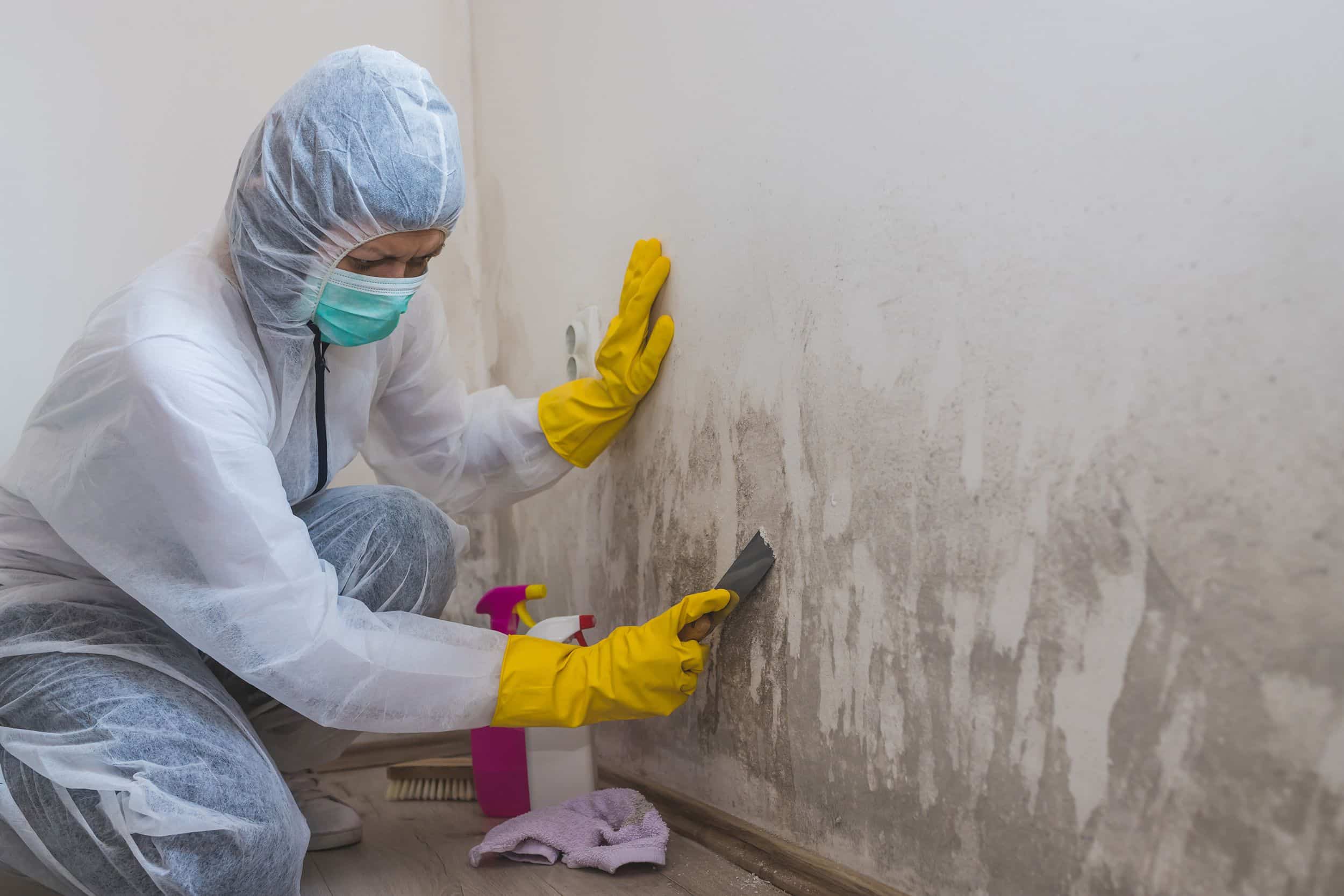Testing Air Quality After Mold Remediation
Testing Air Quality After Mold Remediation
Blog Article
Your Ultimate Overview to Post Mold Removal Techniques
In the consequences of mold and mildew invasion, recognizing how to properly eradicate the mold and mildew and prevent its reoccurrence is critical for preserving a healthy and balanced interior atmosphere. From picking the right cleansing and decontaminating methods to executing techniques for lasting mold avoidance, each action in the removal trip plays a crucial role in making sure an effective outcome.
Recognizing Post-Mold Remediation Refine
After finishing the mold and mildew removal process, it is important to recognize the post-mold remediation strategies that are required to ensure a complete and effective cleanup. When the mold and mildew has been removed, the next step involves cleansing and sanitizing the affected locations to prevent any type of regrowth of mold. This consists of using specialized cleaning up representatives to wipe down surfaces and eliminate any kind of continuing to be mold spores. It is important to dry out the area entirely to inhibit the growth of mold and mildew in the future (testing air quality after mold remediation). Proper ventilation and dehumidification can assist in this procedure.
Furthermore, conducting a final evaluation post-remediation is crucial to make sure that all mold and mildew has been efficiently removed. This examination should involve a comprehensive aesthetic check as well as potentially air sampling to validate the absence of mold spores in the air. If the evaluation exposes any kind of remaining mold and mildew, additional removal may be required. Informing owners on preventative steps such as controlling dampness levels and quickly resolving any type of water leakages can assist keep a mold-free environment.
Effective Cleaning Up and Sanitizing Techniques

Avoiding Future Mold And Mildew Growth

Importance of Correct Ventilation
Appropriate ventilation plays an important duty in avoiding wetness build-up, a vital variable in mold growth within interior environments. Efficient air flow systems aid remove excess humidity from the air, reducing the possibilities of mold and mildew spores locating the dampness they require to spread and sprout. Without appropriate air flow, interior spaces can end up being a breeding ground for mold and mildew, causing potential health and wellness risks and structural damages.
By making certain correct air circulation, air flow systems can likewise assist in drying damp locations quicker after water damage or flooding events, better hindering mold and mildew development. Post Mold Remediation. In rooms like bathrooms, attic rooms, cooking areas, and basements where dampness degrees tend to be greater, setting up and preserving efficient ventilation systems is critical in protecting against mold invasions

Monitoring and Maintenance Tips
Offered the essential function that correct ventilation plays in protecting against mold development, it is essential to visit our website establish effective tracking and upkeep suggestions to ensure the continued performance of air flow systems. Tracking humidity degrees within the residential property is likewise critical, as high humidity can add to mold development. By remaining aggressive and conscientious to the visite site problem of ventilation systems, property owners can efficiently minimize the danger of mold and mildew regrowth and maintain a healthy indoor environment.
Final Thought
To conclude, post-mold removal techniques are important for guaranteeing a clean and secure atmosphere. Comprehending the procedure, applying efficient cleansing and decontaminating approaches, protecting against future mold growth, keeping appropriate ventilation, and normal monitoring are all important steps in the remediation process. By following these standards, you can successfully remove mold and prevent its return, functioning or promoting a healthy living area for all passengers.
In the aftermath of mold invasion, recognizing just how to successfully eradicate the mold and avoid its reoccurrence is paramount for preserving a healthy and balanced interior environment. When the mold and mildew has actually been eliminated, the following step involves cleaning and disinfecting the affected areas to protect against any regrowth of mold - Post Mold Remediation Report. After removing visible mold growth, it is crucial to clean up all surface areas in the affected location to get rid of any staying mold and mildew spores. To even more improve mold and mildew prevention measures, it is essential to deal with underlying concerns that initially led to mold growth.Given the vital function that proper air flow plays in protecting against mold and mildew development, it is critical to develop reliable tracking and upkeep ideas to guarantee the continued performance of ventilation systems
Report this page